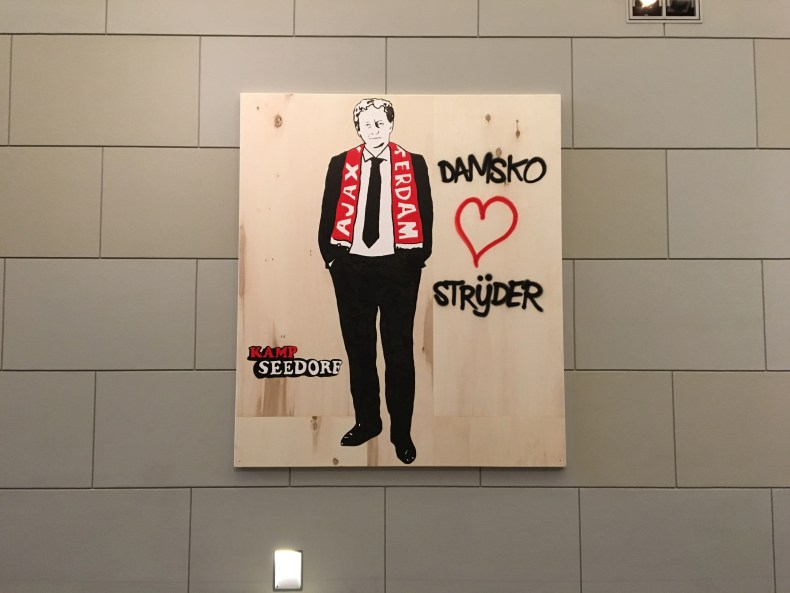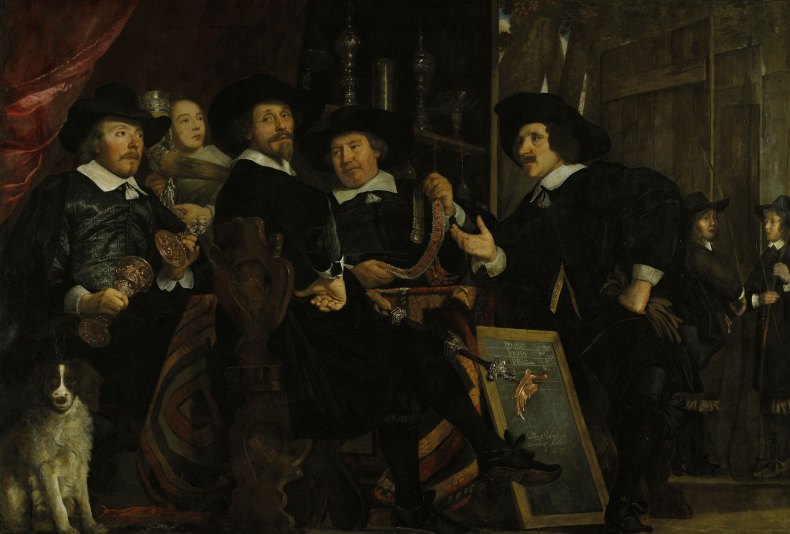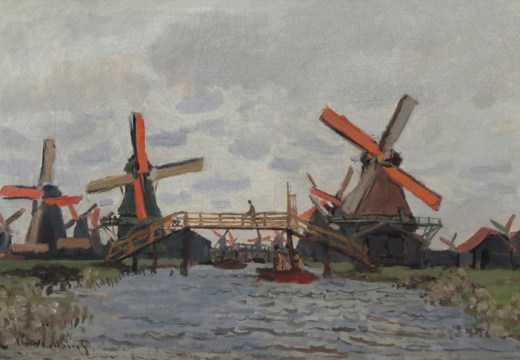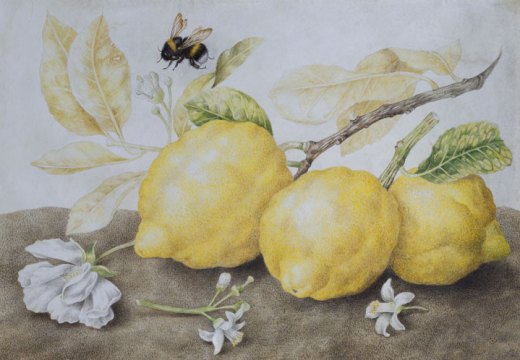For this year’s TEFAF loan exhibition, the Amsterdam Museum brings 17th-century group portraits from its collection to the fair. It will be intriguing to see them in a fine art context, director Judikje Kiers tells Apollo.
How does the Amsterdam Museum compare to other city museums,
such as the Museum of London or the Musée Carnavalet?
The Musée Carnavalet is closed for renovation, but it used to focus predominantly on the history of the city, whereas this museum – like the Museum of London – focuses on both the history of the city and the identity of Amsterdam as it is now and will be in the future. We want to get people involved in the identity of their city.
How is that reflected in the museum’s collection and collecting policy?
We have an important historical collection, and I think it’s interesting to look at the historical objects from new perspectives. If we look at paintings from the Golden Age, for instance, we don’t only learn about the history of the 17th century, or about the kind of image the city’s inhabitants wanted to project, but also about the relevance of that history in our own time.
Several times a year we acquire something new that relates to the city by a modern artist. A few months ago we bought Damsko Strijder! [Amsterdam Warrior!], a painting made by the street art collective Kamp Seedorf. It’s a graffiti portrait of the former mayor of Amsterdam, Eberhard van der Laan, who died last October. Van der Laan was very popular, and had told the people of the city that he was severely ill, which had inspired this group of graffiti artists to make the painting on the street – which was then removed. People were shocked when that happened, so Kamp Seedorf made an extra painting on wood, which we bought for our permanent collection. It’s a painting that brought many people to the museum to pay their respects to the mayor, by writing something in a memorial book near the work.

Damsko Strijder! (Amsterdam Warrior!) (2017), Kamp Seedorf street art collective. Amsterdam Museum
How far is the museum’s historical location, in the old Burgerweeshuis [city orphanage], integral to the work of the museum?
I think it’s very important. The building dates to the 17th century, but the history of this place goes back to the 15th century, when St Lucien’s Monastery was here. Visitors to the museum are in the oldest part of the city, and we try to make them feel that they’re on historical ground – and that the building and the location have their own stories that speak of the city’s past. But I do think that now is the right time to think about modernising the museum – it’s been in this building since 1975, so almost 50 years. We need to refurbish it, because it’s not very accessible, and because it’s a labyrinth in places.
You’re also exploring the possibility of opening a new branch in the Nieuw-West district…
We want to keep the historical building, with its museum, in the centre of
the city. But the city is much larger: the neighbourhood of Nieuw-West is almost a city in itself, with about 150,000 inhabitants, who don’t spend much time in the centre of Amsterdam but don’t have any museums where they live. They are really willing to learn about the history and identity of the city.
We’ve been asked to investigate building an extra Amsterdam Museum there. In such a new part of the city – the area was built after the Second World War – we could focus much more on the current and future state of the city, comparing urban life in a modern city with historical stories. In the city centre, we start with the late Middle Ages, but in Nieuw-West, we could start with the present.
The Amsterdam Museum already oversees the work of other historical venues, such as the Museum Willet-Holthuysen and the Cromhouthuis.
But you are also looking to ‘move into the city’. Why is this so important?
We want to spread all over the city, by working in partnership with all kinds of organisations – be they public libraries, theatres, or others. We’re always looking for the best way to reach people, to show the collection and tell stories about Amsterdam, and to get people engaged with their own city, or the city they are visiting. Many people in Amsterdam, whether inhabitants or visitors, don’t know that much about the city and its history.
The museum is bringing some of its 17th-century paintings to TEFAF Maastricht this year for the fair’s loan exhibition. What distinguishes the museum’s collection of Golden Age paintings from others in the city?
It’s a municipal collection, built by the city of Amsterdam, and almost all the works have a connection with urban history. In the portraits you see people living in Amsterdam, trading in Amsterdam, or formed into civic groups – The Night Watch is displayed at the Rijksmuseum, but it’s part of the collection of the city of Amsterdam.

The Headmen of the Longbow Civic Guard House (1653), Bartholomeus van der Helst. Amsterdam Museum
In the Amsterdam Museum, we mostly show the paintings from a historical perspective, so it will be very interesting to show works by artists such as Bartholomeus van der Helst and Ferdinand Bol at TEFAF – alongside the Helst we’ll be showing the actual silver objects that he depicted, which are also in the collection. I don’t think that people expect a city museum to own such wonderful paintings. You’d expect them in an art gallery, but the city of Amsterdam has this extraordinary collection. That’s a good story to tell.
TEFAF Maastricht takes place from 10–18 March. More information on the Amsterdam Museum is available here.
From the March issue of Apollo. Preview and subscribe here.
Unlimited access from just $16 every 3 months
Subscribe to get unlimited and exclusive access to the top art stories, interviews and exhibition reviews.














![Masterpiece [Re]discovery 2022. Photo: Ben Fisher Photography, courtesy of Masterpiece London](http://www.apollo-magazine.com/wp-content/uploads/2022/07/MPL2022_4263.jpg)
Why are fathers so absent from art history?